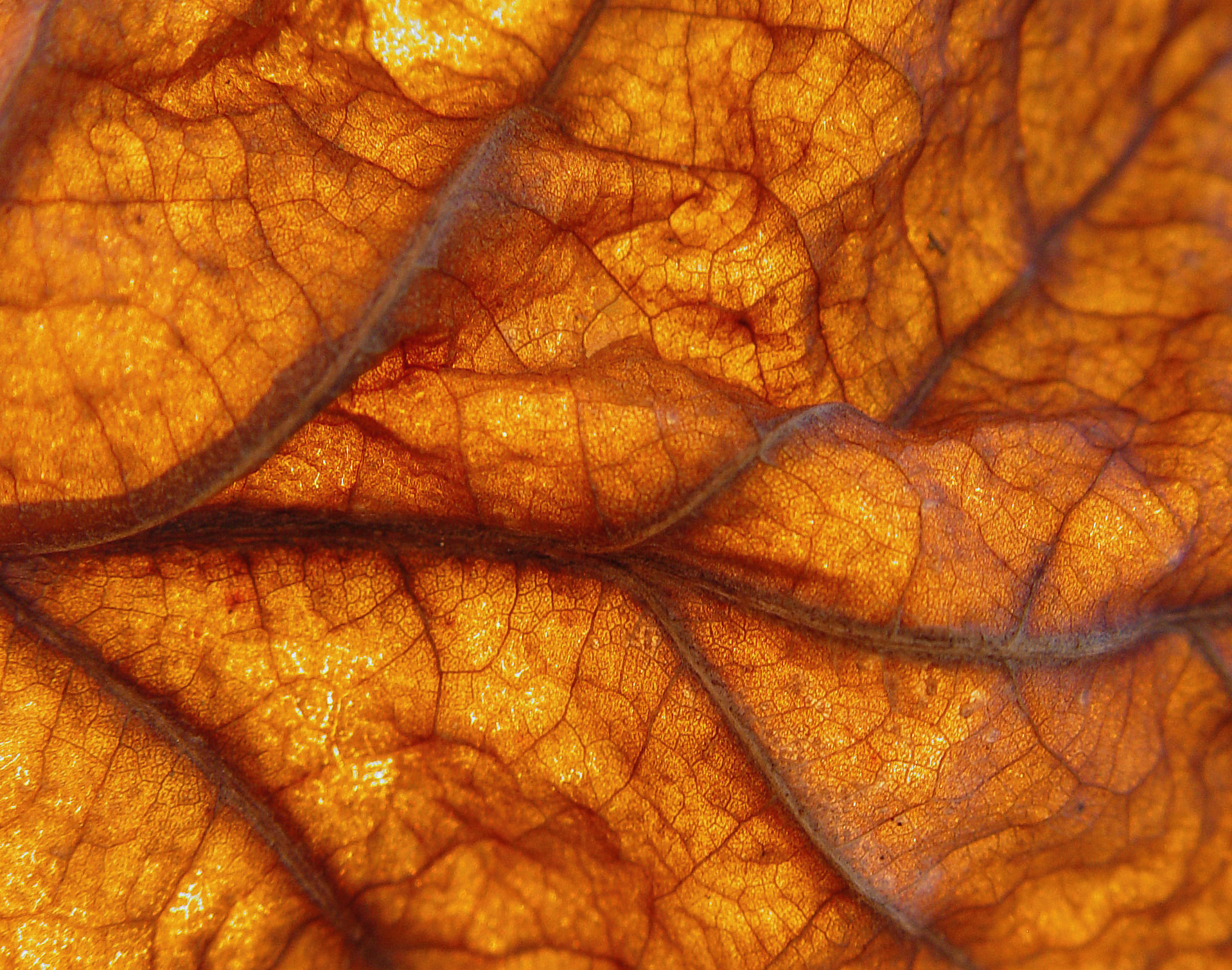
(Photo courtesy Scott Robinson, CC 2.0 Generic)
A bunch of us were swapping spooky stories as we followed my niece’s little girls through the subdivision on trick-or-treat night. One was a princess in a stocking cap, the other a witch in tennis shoes. It is a hallowed night when there are young children in the family.
My niece recalled a strange event when she was maybe ten years old: My sister had picked her up at school, and my niece was reaching back for her seatbelt and noted that her friends were standing next to the car. Some sort of invisible ripple, disorienting and nauseating, passed through the car. No time passed, but now her seatbelt was fastened and her friends were on the other side of the road. My sister felt it too, turned from the steering wheel, and said, “What was that?”
Even without tricks, time is spooky. Things move in its medium, are changed, disappear as if never formed. We acknowledge this uncanniness with a holiday at the end of the growing season devoted to ancient fears of death and magic. The cold and dim, the old ones knew, would be a test, and the results far from certain. Lucky to have made it, they would say later and often.
A few days after Halloween I was walking on the local bike path, enjoying the late fall and making sure not to step on the expansion joints in the concrete. Honeysuckle formed impenetrable green hedges on both sides of the trail, and many of the trees had not yet turned. But the maples were fading. Sumac had abandoned its scarlet thoughts for yellow ones, and witch-hazels gold for plain brown. That morning the wind had startled the cat by flapping leaves against the windows like wings. Now it was dead calm and fine.
Just then something entered my field of vision, far overhead, and I stopped like a small mammal in the shadow of a raptor. It was just an enormous leaf that had been falling some time before I saw it, and it continued to fall in a stately way, stem down and turning slowly, from such a height that it gave me time to think about it. Here was a thing nourished by the earth that had never touched earth, and I had the feeling I was witnessing a coming-home.
The sycamore leaf was as big as a dinner plate, perfectly formed and a little curled, like a god’s great ear. I had the notion—I have many strange notions these days—that I should pay it respect by witnessing its slow fall and landing. I tried to remember the image of its falling as I tried to be fully present, two different efforts. Suddenly it had already fallen and landed and was lying on the cut grass as if it had always been there. My mind jumped to its flat soddening in a cold rain, its natural mulching in the elements. It was as if those events were as faited as its fall. But no, look, the leaf still held its shape, had not begun to crumble, lay perfect and trembling on a fine day. Its life, death, and fall were gone in time as if they never happened, and its disappearance into the soil was an impossibility to come. It just was.
I walked on, past the new path branching off toward town, into a stretch where deer often graze by expensive homes. Four does were there and raised their heads, not thinking much of me as a threat. Could they celebrate the justness of inevitability? The fallen leaves here were as numerous as the people I have known in a life. And here I was among them: limbed me, prickly me, rooted me, crunchy sweet ribbed old me, abscissed and a little brittle around the edges, trapped in time with all of you. Think of the alternative, as they say.
